Stories for 2017: 10 Themes for a Happy New Year!
Posted by Sherein Bansal on January 06, 2017‘If you’re skilled at something, don’t give it away for free’ is a piece of advice that we heard so many times growing up, that just the fact that a thing called CC BY License even exists seems absurd and foolish by today’s standards. But that’s what Pratham Books' 1.5 year old digital platform StoryWeaver, all its illustrators, authors as well as translators believe in – free dissemination of our books in order to achieve our ultimate goal: ‘A book in every child’s hand’. In 2016, with 5326 stories uploaded on StoryWeaver, 25 languages added, and 1,19,132 new visitors (A warm hello to you all!), we feel truly grateful. It is indeed a Happy New Year for the StoryWeaver family. So we would like to express our heartfelt New Year wishes to you all in the best way we know. By highlighting here just 10 of our books that speak of themes that currently are, and will remain, points of discussion and action in 2017.
Environment
Chipko Takes Root written and illustrated by Jeyanthi Manokaran
We seriously need to drop the act that we are gracious hosts to nature, and are ‘allowing’ it to be. It’s the other way round. With some people claiming proudly that global warming is not real, and regressive environmental policies being made all over the world, it’s important to keep talking about conserving nature. Here’s a story about one of the bravest fights in India that made Chipko Movement a force to reckon with.
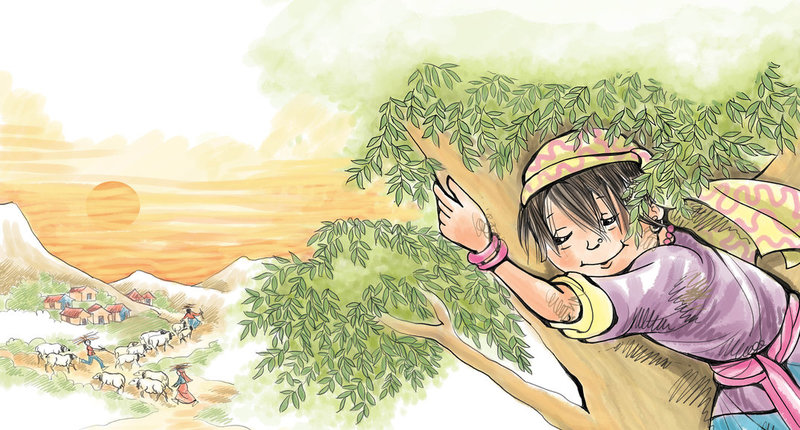
Technology
Bonda and Devi by Roopa Pai and Jit Chowdhury
Any one of us who successfully evaded technology as much as they could before, now must make their peace with it in this digital economy. We don’t know where technology will take us in 2017, but we know where it might reach in 2080! Read about this futuristic tale about two very unlikely friends. Maybe we can be friends with technology too, just like Devi in this story? Available in 9 more languages!
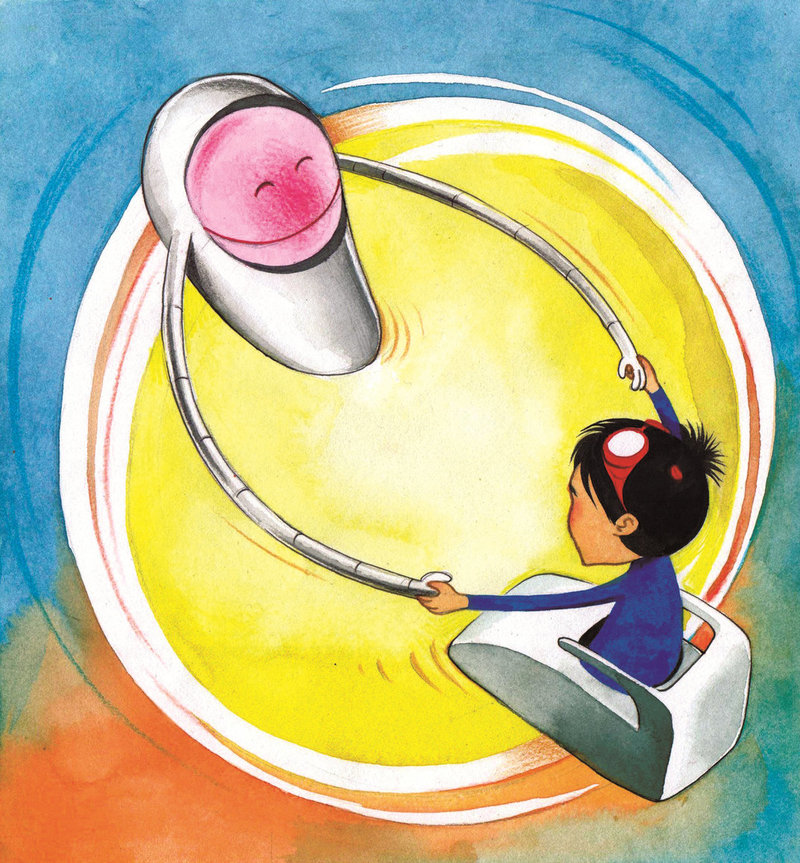
Education
Counting on Moru by Rukmini Banerji and Nina Sabnani
It’s a failure of our education system for not recognizing students as individuals and keeping them at a ‘uniform’ pace of comprehension with each other. This moving story in Hindi, Kannada, Odia and Marathi, talks about how how easy it is to lose your spark when you're a student under the wrong teacher and regain it with the right one.
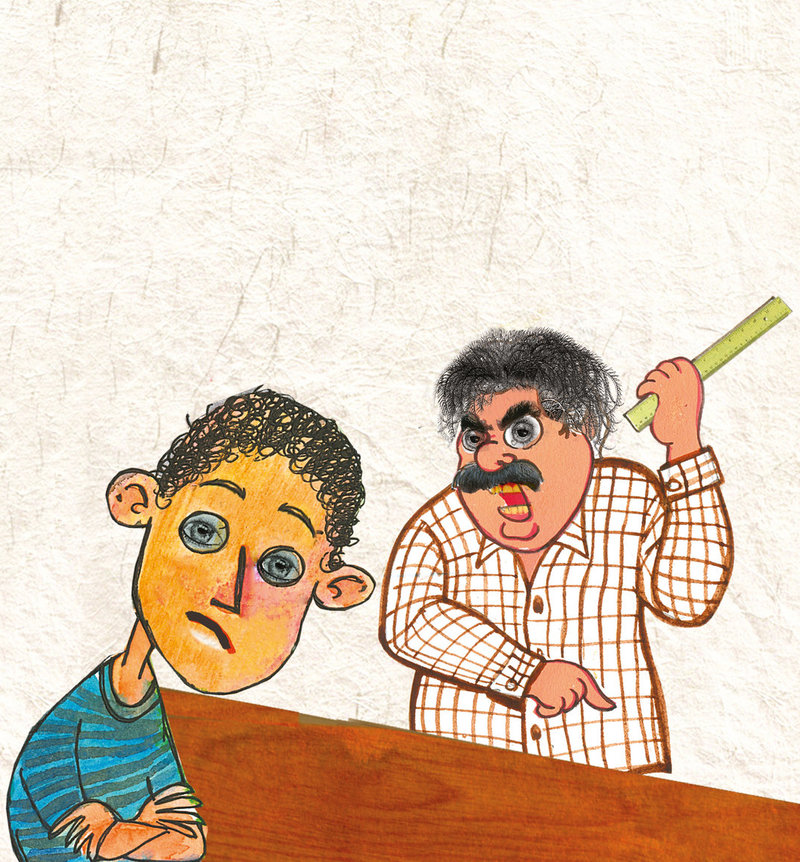
Community Activism
Wildlife in a City Pond by Ashish Kothari and Sangeetha Kadur
When the good ones are silent, the misguided will shout and reign. Be the first voice to speak up against loss of beauty and justice. Here’s a story that flows like a poem and builds up your love for something that this neighborhood derives so much peace and wisdom from that you will want to protect it yourself.
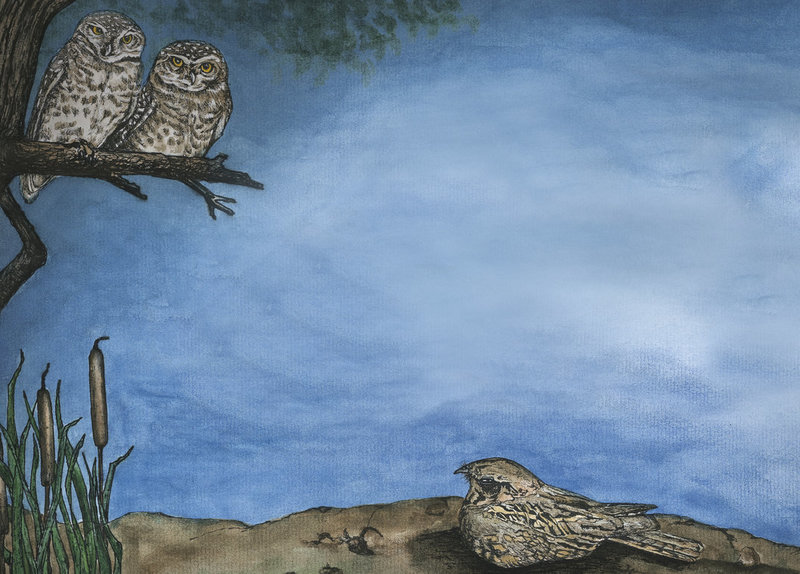
Sports
Dhyan Singh ‘Chand’: Hockey’s Magician by Dilip D'Souza and Mohit Suneja
Let’s, for once, not talk about Hockey with a sense of guilt at not having given it too much traction in life. Let’s just read this story about Dhyan Chand- one of the best things to have happened to Hockey and one of the worst that happened to Hitler. Win, win all the way and yet he stayed humbly devoted to the sport all his life. A man worth knowing about, he will teach you the true meaning of sportsmanship spirit.
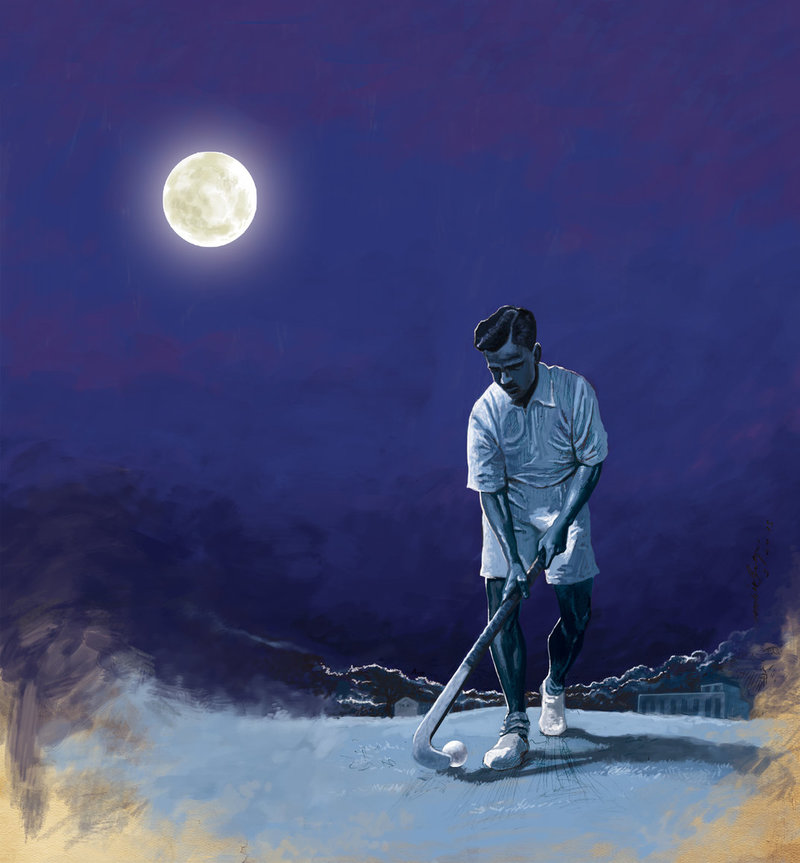
Humour
Yes, humour is indeed an important point of discussion. And more importantly, action. 2016 clearly needed a hug, and some jokes. So we are better prepared this time for 2017 with our fun story – ‘Phani's Funny Chappals’ by Sridala Swami and Sanjay Sarkar, and our Spotathon entry ‘Messy Miss Mita’ by Jisha Unnikrishnan.
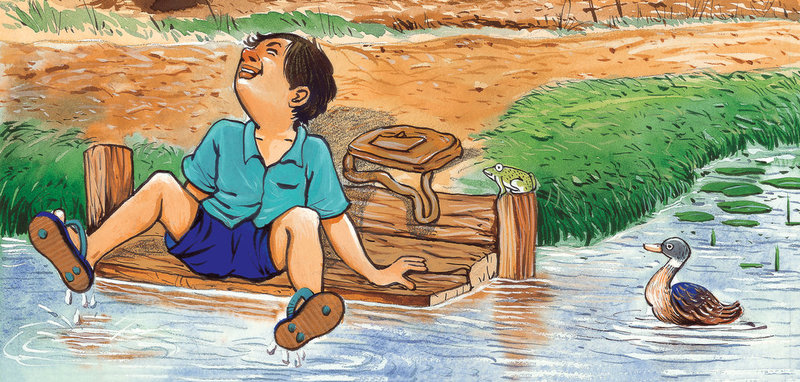
Art
Travelling inwards is just as important as travelling outwards. We need art now more than ever to connect with an ever-expanding world, and to convey our strongest messages and passions with more ease and solidarity. Experience beauty, talent and magic all woven, embroidered and sculpted together in our Dastkari Haat Books.
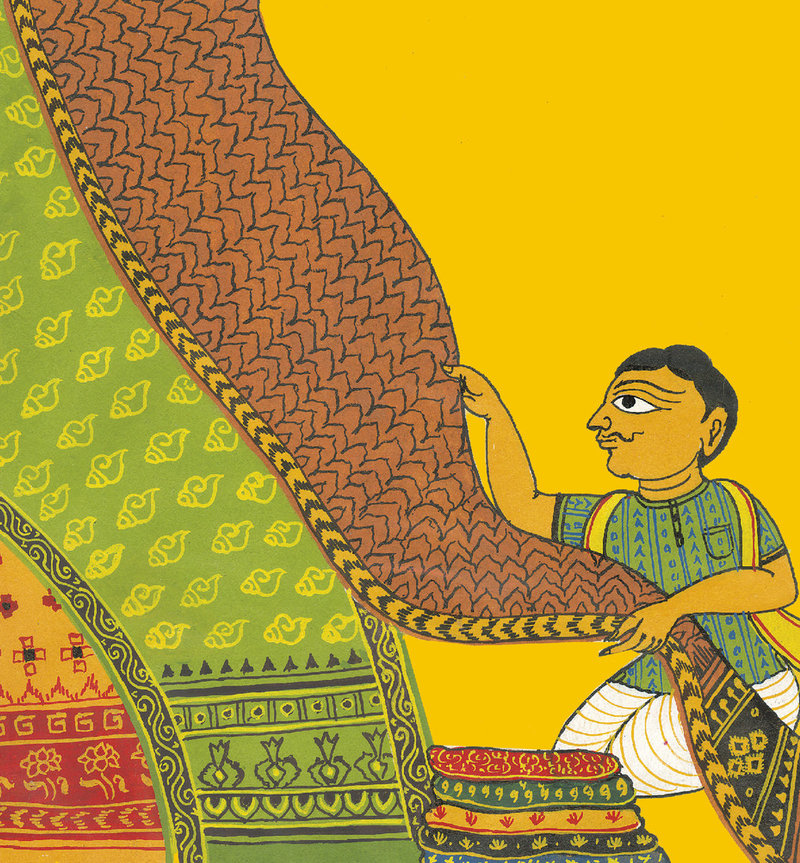
Health
Gargi and Soapy by Preethi Unnithan and Sorit Gupto
Physical, spiritual, mental and emotional health. Let’s make a new year resolution to take care of it all. Here’s a story by our SW community member about a world where a soap called Soapy will fight the evil germs and restore balance and health!
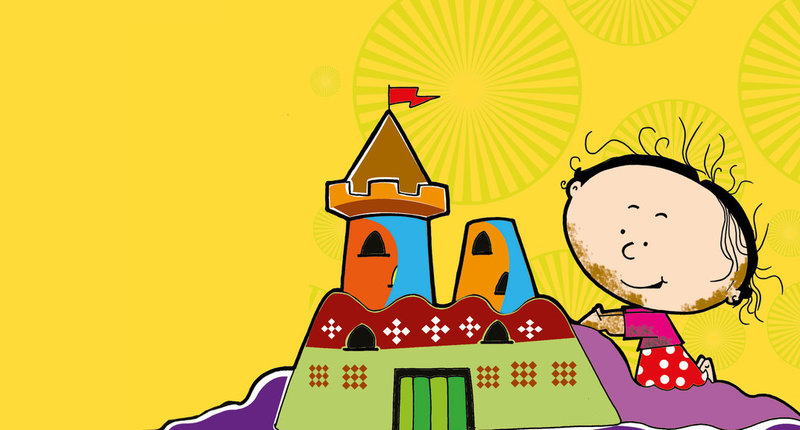
Diversity
Why is Nita Upside Down? By Roxana Bouwer and Sarah Bouwer
Dismissed someone lately or ridiculed someone in your mind (because doing it to their face would be politically incorrect) just because they did not look, talk or well… live, like you do? This one’s for you then. Let’s look at how a child sees a playground, and let’s compel ourselves to look at people and accept them the way they are in this judgment-reflexed world.
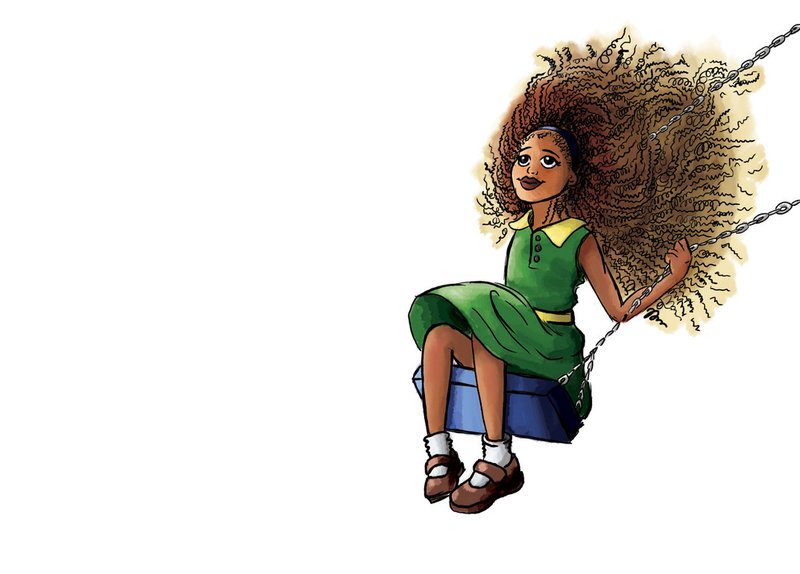
Family
وصیت by Anis Azmi and Juhi Agarwal
There are all kinds of families. But as this Urdu story shows, not one can function without mutual trust and respect - Values that can make 2017 better for everyone. Ride a camel to Egypt and pay a visit to this family? Let’s go.
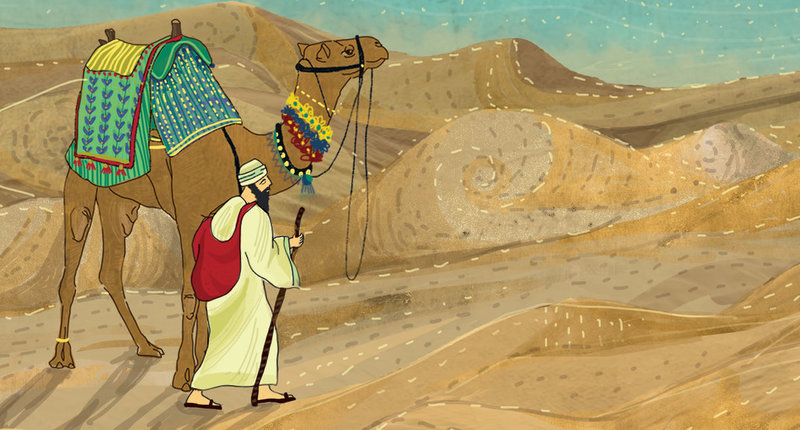
Which theme concerns you the most as we step into a new year? Tell us in the comments, or on Twitter and Facebook.
Be the first to comment.Diversity in Children's Books: Why it Matters
Posted by Yamini Vijayan on July 01, 2016This year, we published a book called 'How Do Aeroplanes Fly?' on StoryWeaver in 10 languages. The book – written by Aditi Sarawagi and illustrated by Lavanya Karthik - was recently introduced to a group of children in Kota, Rajasthan, by a colleague during one of her field visits. One of the interesting observations she had made was that the children – both boys and girls – were struck by the mention of female pilots. “We didn't know that women could fly planes,” one of them had said to her. You can watch a related video here.
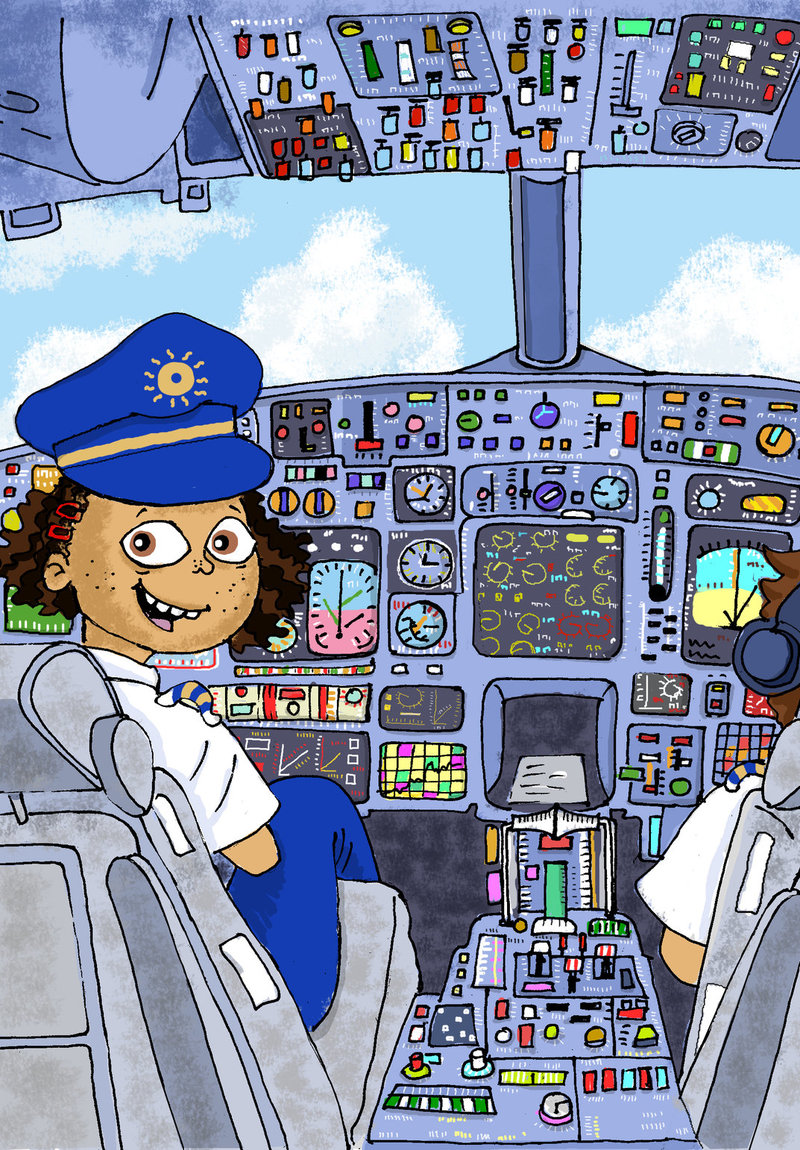
While I'm aware of disparities existing in every corner of India, this still took me by surprise. It also made me realize that all the thinking we do, as publishers, teachers and parents – which often feels like overthinking – is most definitely a good thing. Including a woman pilot and an Indian one at that had made a difference here, after all.
Over the last couple of years, there has been a lot of conversation around the growing need for diverse and inclusive books. And what does diversity mean, you ask. I suppose it could mean a range of things: from gender and religion, to language and ethnicity. The website We Need Diverse Books has listed down their vision as “A world in which all children can see themselves in the pages of a book." In India, initiatives like @genderlogindia and BAM! Books have actively helped keep this conversation alive.
In 2012, a national consultation involving experts from institutions, authors, editors, publishers, librarians and educators was organized by National Book Trust. 'The Good Books Guide', the document that emerged from this gathering, speaks about diversity and inclusion in its section on values. “There is a need to realize that many groups – and their world-view and perspectives – are often ignored in children's literature. For instance, girls, tribal or dalit children, children with special needs, working children and those living in urban slums, don't get enough representation in mainstream literature.”
When I think about the first set of books that were published on StoryWeaver (released digitally first), a few titles come to mind. To be completely honest though, it feels odd to be calling these books diverse. Why should a boy cooking be thought of as diverse? Why should a book featuring a single-parent household be slotted as diverse? Just because there are characters from the North-East of India, should a book be treated as diverse? Children living near a garbage dump... diverse?
Here's the thing though. There aren't enough children's books, especially in India, in which boys or men are shown to be cooking. Single-parent households in children's books? Hardly. Characters from the North-East? A handful. Well, you get the point. In a world in which children are surrounded with fear, prejudice and suspicion, these stories – which include multiple perspectives and help build empathy - become all the more important. Stories with diverse characters will help them realize that 'the other' – in any regard – is more like them than they had imagined. And that even if they weren't, these differences are to be celebrated.
If we want our children to be independent in their thinking, we certainly need to give them access to rich and eclectic narratives that not only only inspire curiosity, but also show rigid patterns being broken gracefully. In Ross Montgomery's recent article on 'Why Writing Diverse Children's Books is Tough', he addresses a lot of issues that well-meaning authors are likely to run into. After all, you don't want to include diverse characters in your book just for the sake of having diversity, do you? But as he points out, “We all have to strive to create well-rounded diverse characters and find new ways of writing. The fact that it’s hard isn’t a good enough excuse: we have to step away from the established paths and take more risks. Who knows - we might even find a better one.”
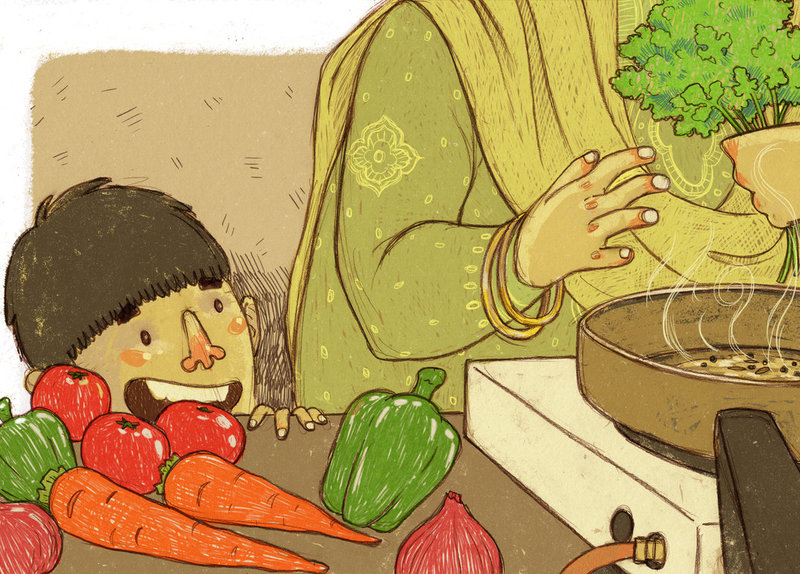
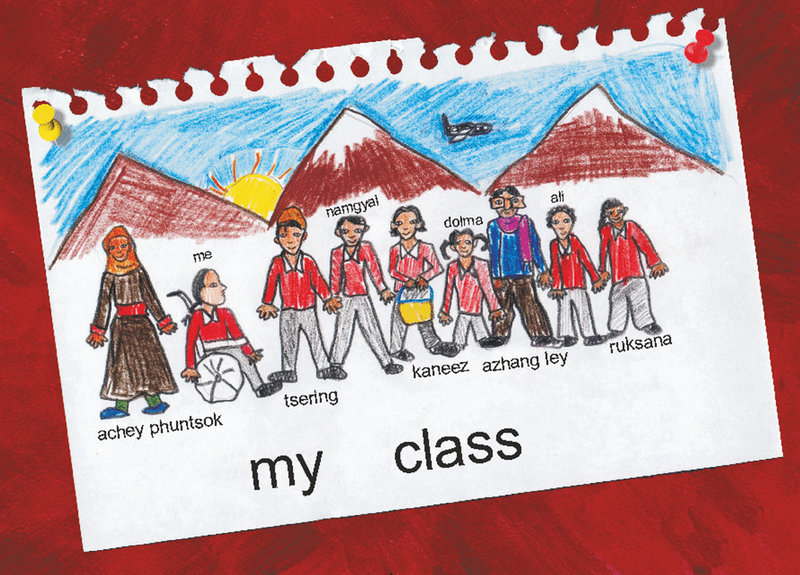
And while you're (hopefully) contemplating these rather baffling questions, allow us to make suggestions of a few books that we consider diverse. Please add your book recommendations in the comments section below.
Favourites from StoryWeaver & Pratham Books
Please note that all these books are available in multiple languages.
1. Bonda and Devi
In this story of unlikely friendship, Devi – one of the protagonists – is physically challenged. Set in the future, we had to make the wheelchair kind of futuristic as well. Spot it?
2. Where Did Your Dimples Go?
Langlen's father is Tamil and mother is Manipuri. It was just before this story was illustrated that one of the contributors suggested that Langlen's (formerly known as Leela) mother be from the North-East region of India, since it is hugely under-represented in children's books.
3. Dum Dum-a-Dum Biryani
Bored of seeing only women cooking in children's books? Finally, a boy who loves to cook! Meet Basha, who loves to hang around in the kitchen as his Ammi cooks all kinds of delicious dishes.
4. A Helping Hand
Told through a series of letters, this is a moving story of acceptance and blossoming friendship.
Set in Ladakh, this is the story of Chuskit, a differently-abled girl who longed to go to school but was unable to because she could not walk. But after a nine-year wait, she is finally able to go to school!
6. Freedom Run
In many tiny villages in Uttar Pradesh, small children work long hours at the looms to create carpets famous around the world for their intricate designs. This is a story about the forgotten children of India.
7. Didi Ka Rang Biranga Khazaana
Living close to a garbage dump, these children run around garbage all day, without attending school. But then one day, Didi walks into the dump, changing their lives forever. Meet Didi and her young friends in this wonderful story that celebrates the joy of reading.
8. Adikhani series (a set of 10 bilingual books)
Drawing inspiration from the challenges facing tribal education, three organisations (Pratham Books, Ignus-ERG with the support of Bernard van Leer Foundation) held writing workshops with authors speaking Saura, Munda, Kui and Juanga languages to create picture books for early readers. These charming stories are drawn from the rich oral tradition of various tribal languages and the illustrations use tribal art with a contemporary twist. The script used in these books is Odia.
Dichi, a brave Bhotiya girl, takes part in the Chipko movement to save her beloved trees.
10. Manikantan Has Enough
Manikantan isn't pleased about having moved from his beautiful village to Smart City where his every move is being watched. But he did it for Amma, who is his mother and father and all the family he had in the world.
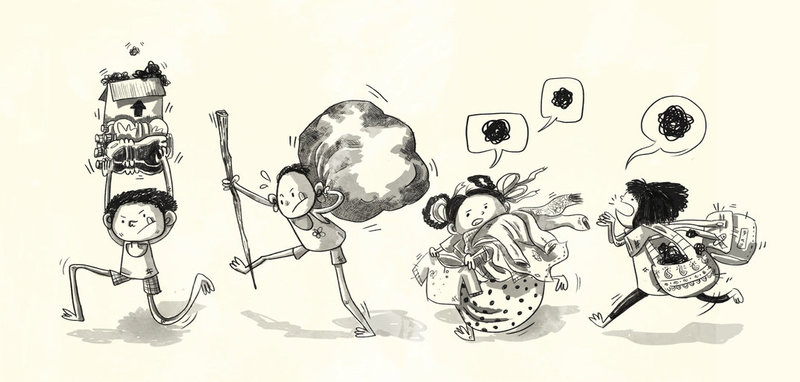
Favourites From Other Publishers
1. 'Bhimrao Ambedkar: The Boy Who Asked Why' by Sowmya Rajendran and Satwik Gade (Tulika)
2. 'The Princess with the Longest Hair' by Komilla Raote and Vandana Bist (Katha)
3. 'The Lonely King and Queen' by Deepa Balsavar (Tulika)
4. 'The Sackclothman' by Jayasree Kalathil (DC Books)
5. 'Dear Mrs. Naidu' by Mathangi Subramanian (Young Zubaan)
6. 'Simply Nanju' by Zainab Sulaiman (Duckbill Books)